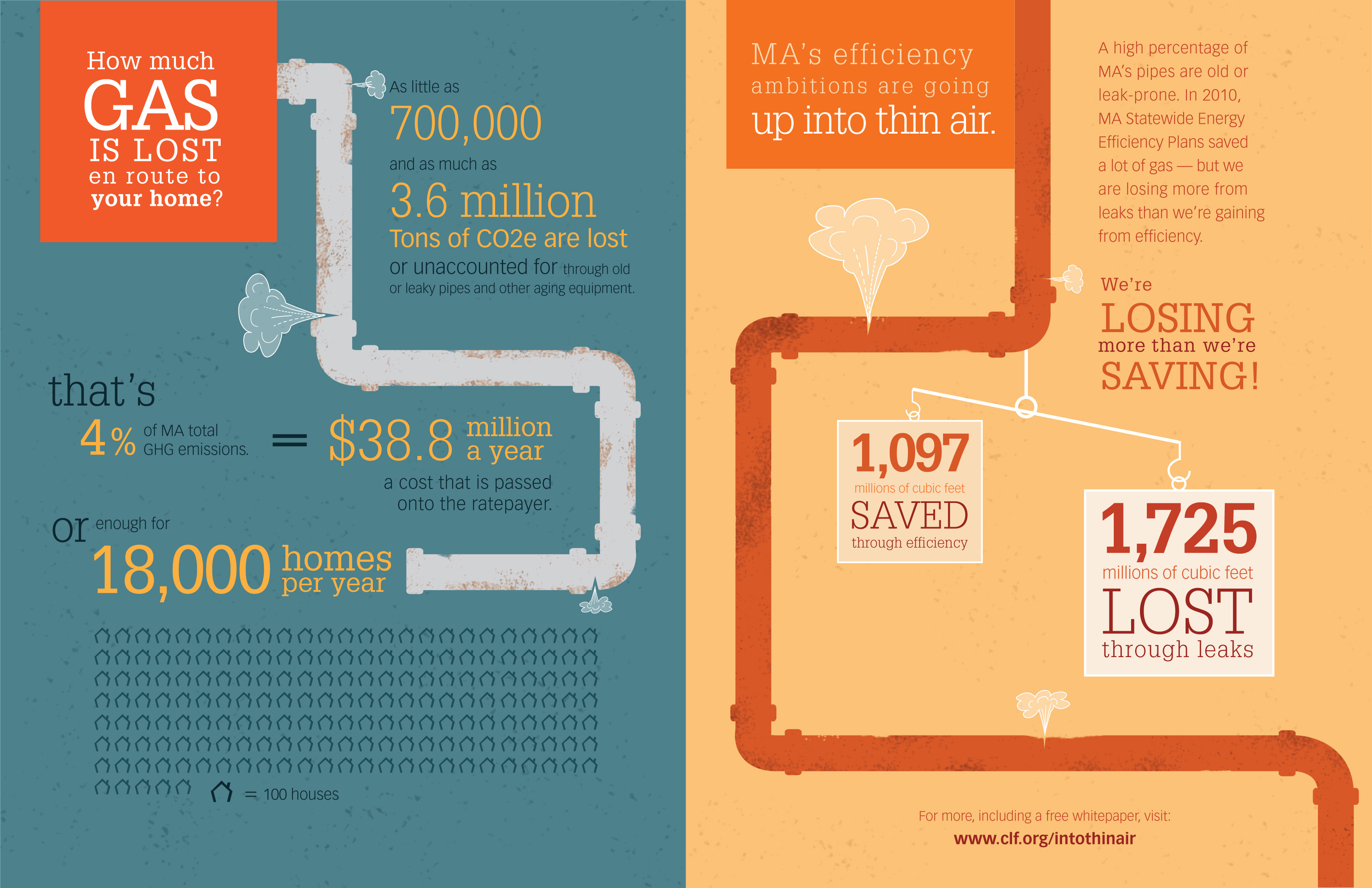Explore How The Mindful Equilibrium Between Expenses And Environmental Impacts Can Expose The Full Capacities Of Solar Energy In Contrast To Standard Energy Sources
Explore How The Mindful Equilibrium Between Expenses And Environmental Impacts Can Expose The Full Capacities Of Solar Energy In Contrast To Standard Energy Sources
Blog Article
Material Written By-Nicolajsen Stein
When examining the feasibility of solar power versus typical power resources, you may find yourself contemplating the long-term sustainability and effect on your funds. The elaborate balance in between preliminary costs, recurring expenditures, and environmental ramifications elevates crucial questions concerning the future of power generation. As you browse via the complexities of this comparison, a much deeper understanding of the nuances in cost-effectiveness, ecological stewardship, and power protection waits for expedition.
Cost-Effectiveness Contrast
When contrasting the cost-effectiveness of solar energy with typical power resources, it ends up being evident that first investment distinctions play an essential function in establishing long-lasting savings.
While solar energy systems need a higher in advance financial investment for setup and equipment, they use substantial lasting benefits that can exceed the initial expenses. The vital lies in recognizing that solar power systems have minimal continuous operational and maintenance expenses contrasted to typical power resources like nonrenewable fuel sources.
By purchasing solar energy, you can potentially reduce energy expenses over the system's life-span. In addition, with developments in modern technology and lowering setup expenses, solar energy has actually ended up being extra accessible and inexpensive for homeowners and organizations alike. These savings can build up over time, offering a return on investment that exceeds conventional energy sources.
In addition, solar power systems use the benefit of energy independence and security against varying utility prices. By taking https://www.nytimes.com/2022/09/15/climate/solar-energy-school-funding.html of the power of the sunlight, you add to a cleaner environment and lower your carbon footprint. Embracing solar energy not just advantages your purse yet also the earth in the long run.
Environmental Impact Analysis
Solar power offers an encouraging alternative to conventional energy sources because of its substantially lower ecological effect. Unlike nonrenewable fuel sources that give off unsafe greenhouse gases and contribute to air contamination, solar energy produces electricity without producing any emissions.
The process of harnessing solar energy involves catching sunshine with photovoltaic panels, which does not release any contaminants into the environment. This absence of emissions helps in reducing the carbon footprint connected with power manufacturing, making solar energy a cleaner and extra lasting alternative.
Furthermore, making residential solar panels price of solar power contributes to preservation initiatives by minimizing the need for limited sources like coal, oil, and gas. By relying upon the sun's plentiful and renewable energy resource, we can help maintain natural habitats, secure communities, and reduce the negative influences of resource removal.
Integrity and Energy Landscape Evaluation
For an extensive evaluation of reliability and the power landscape, it's important to assess just how solar power contrasts to conventional resources. Solar energy is picking up speed as a dependable and lasting power resource. While traditional resources like coal, oil, and gas have actually been traditionally dominant, they're finite and add to environmental destruction.
Solar power, on the other hand, is abundant and renewable, making it a more sustainable option in the future.
In regards to dependability, solar power can be based on weather and sunlight accessibility. However, improvements in modern technology have actually led to the growth of power storage space options like batteries, enhancing the reliability of solar energy systems. Standard resources, however, are prone to price variations, geopolitical tensions, and supply chain disturbances, making them much less trustworthy in the long term.
When evaluating the power landscape, solar energy uses decentralized power manufacturing, reducing transmission losses and enhancing energy protection. Typical resources, with their centralized power plants, are a lot more susceptible to disruptions and require substantial framework for circulation.
Conclusion
To conclude, when contrasting solar power to traditional energy sources, it is clear that solar power supplies an affordable, environmentally friendly, and trustworthy option. With minimal operational expenses, possible cost savings on utility expenses, and a significantly reduced ecological impact, solar energy is coming to be a much more sustainable and secure option. Accepting solar energy can help reduce greenhouse gas exhausts and contribute to preservation efforts, making it an engaging selection for the future.
